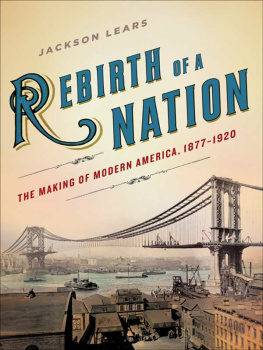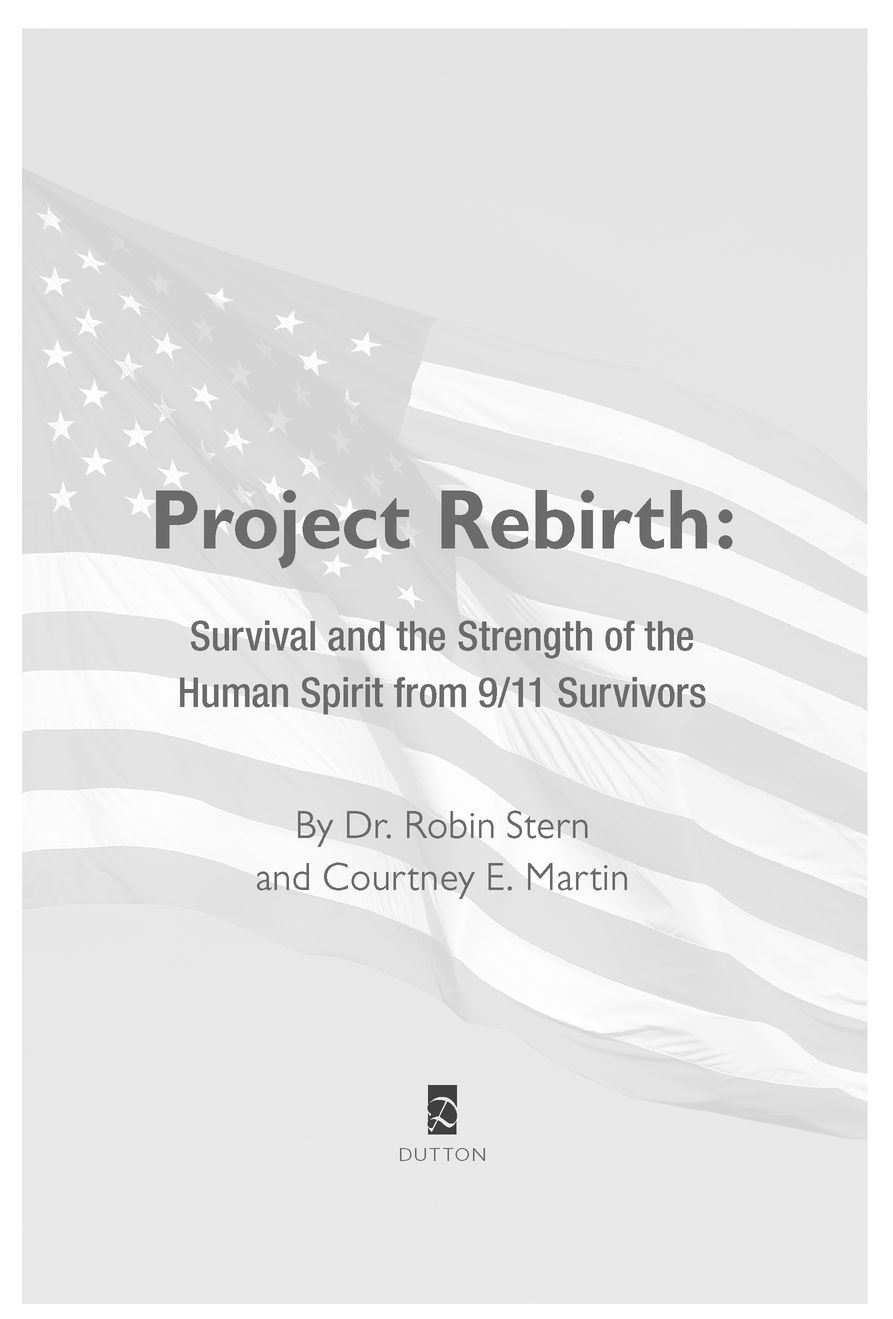Table of Contents
DUTTON
Published by Penguin Group (USA) Inc.
375 Hudson Street, New York, New York 10014, U.S.A.
Penguin Group (Canada), 90 Eglinton Avenue East, Suite 700, Toronto, Ontario M4P 2Y3, Canada (a division of Pearson Penguin Canada Inc.); Penguin Books Ltd, 80 Strand, London WC2R 0RL, England; Penguin Ireland, 25 St Stephens Green, Dublin 2, Ireland (a division of Penguin Books Ltd); Penguin Group (Australia), 250 Camberwell Road, Camberwell, Victoria 3124, Australia (a division of Pearson Australia Group Pty Ltd); Penguin Books India Pvt Ltd, 11 Community Centre, Panchsheel Park, New Delhi110 017, India; Penguin Group (NZ), 67 Apollo Drive, Rosedale, North Shore 0632, New Zealand (a division of Pearson New Zealand Ltd); Penguin Books (South Africa) (Pty) Ltd, 24 Sturdee Avenue, Rosebank, Johannesburg 2196, South Africa
Penguin Books Ltd, Registered Offices: 80 Strand, London WC2R 0RL, England
Published by Dutton, a member of Penguin Group (USA) Inc.
First printing, August 2011
Copyright 2011 by Robin Stern and Courtney E. Martin
All rights reserved

REGISTERED TRADEMARKMARCA REGISTRADA
LIBRARY OF CONGRESS CATALOGING-IN-PUBLICATION DATA
has been applied for.
ISBN : 978-1-101-54348-1
Without limiting the rights under copyright reserved above, no part of this publication may be reproduced, stored in or introduced into a retrieval system, or transmitted, in any form, or by any means (electronic, mechanical, photocopying, recording, or otherwise), without the prior written permission of both the copyright owner and the above publisher of this book.
The scanning, uploading, and distribution of this book via the Internet or via any other means without the permission of the publisher is illegal and punishable by law. Please purchase only authorized electronic editions, and do not participate in or encourage electronic piracy of copyrighted materials. Your support of the authors rights is appreciated.
While the author has made every effort to provide accurate telephone numbers and Internet addresses at the time of publication, neither the publisher nor the author assumes any responsibility for errors, or for changes that occur after publication. Further, the publisher does not have any control over and does not assume any responsibility for author or third-party Web sites or their content.
http://us.penguingroup.com
We dedicate this book to all those who cared for the survivors
of the tragedy on September 11, 2001, including the emergency
workers, therapists, healers, educators, doctors, nurses, spiritual
leaders, and, of course, their families and friends.
Their rebirth is in no small part your legacy as well.
Introduction
Construction workers in hard hats and steel-toed boots mill around the new shipment of steel, the steam from their coffee hanging in the early morning air around Ground Zero. A trailer door swings open and an architect walks out, rolled-up plans in one hand, iPhone in the other. He looks on as a group of workers weld giant metal skeletons together, sparks flying past ladders and giant spools of cable and tarps covering slats of wood.
This is what it looks like to physically rebuild after devastation.
But what does it look like to emotionally and spiritually rebuild? This was the question that preoccupied usa journalist and a psychoanalystas we mined the lives of those who had been directly affected by the tragic events of September 11, 2001. We wanted to understand how ordinary people recover from grief, dust off the ashes of devastation, make sense of injustice and just plain bad luck, and emerge new, different, maybe even more whole.
We were not aiming for pat lessons. Too much has already been written that tries to reduce what happened on that fateful day into feel-good sound bites, political propaganda, or ratings-hyping melodrama. September 11th, like every historic moment, has been shaped and shifted, prodded and poked, adopted and adapted for various purposes over the past ten years. Most often, this work has been done with good intentions, but too much of the time, the true depth of the physical, emotional, and sometimes spiritual transformations that were rooted in that days tragic events were lost.
There are such layers to the story of September 11th and its survivors, such nuances, such paradox. There is heroism and cowardice, nurturance and violence, anger and lovethe whole panoply of human emotions circulating around this one day of unimaginable loss. Only that greatest and most difficult teacher of all, time, could really offer us the insights that we needed to do justice to these eight stories. It has now been ten full years since we first saw that indelible image of a Boeing 757 crashing into the North Tower of the World Trade Center, unbelievable as that is.
In those ten years, so much has happened. Technologically, culturally, and politically, we live in a truly new worldone where disasters often play out online before anyone thinks to turn on a television, as they did on September 11th. There are cottage industries and whole branches of the government devoted to fighting the kind of threat we faced on September 11th. Even our language is differentterrorism has become a household word, something that could slip off the tongue of any ten-year-old in this nation. We watch revolutions and natural disasters play out on Twitter and send donations via text messageall of which would have been inconceivable in the fateful fall of 2001.
But this book is not about technological or cultural shifts, nor is it about the analysis of national security advisers or international development experts. This book is not about politics or media or even the controversy that has surrounded the revisioning of Ground Zero or the creation of the September 11th Museum. This book is about the expertise and experiences of regular people. It is about Nick, Brian, Charles, Larry, Tim, Joe, Debbie, and Tanyaeight studies in grief and resilience, loss and progress, sadness and transformation.
These lessons, after all, are most commonly culled from extraordinary circumstances, but their roots are universal. We all lose. We all grieve. We are all compelled to recover. For most of us, this experience occurs as part of lifes natural, but inevitable, sadnessa mother passing away from breast cancer, a life partner breaking ones heart by leaving for someone else, a friend struck by a heart attack despite seeming healthy. Though these circumstances are statistically ordinary, they are no less than deeply painful, leaving us grappling for wisdom and hope amid the sudden sense of foreign and consuming darkness.
But the extraordinary, too, is becoming more ordinary. Sudden disasters, like the one that struck America on September 11, 2001, are increasingly common because of global terrorism and climate change. Where were you the day Kennedy was assassinated? has become Where were you the day the earthquake devastated Haiti? Where were you the day Katrina decimated New Orleans? Where were you when the World Trade towers and the Pentagon were hit? In our increasingly insecure world, we are all subject to disaster and the collective project of reconstituting our communities, not to mention our worldview, afterward.














 REGISTERED TRADEMARKMARCA REGISTRADA
REGISTERED TRADEMARKMARCA REGISTRADA